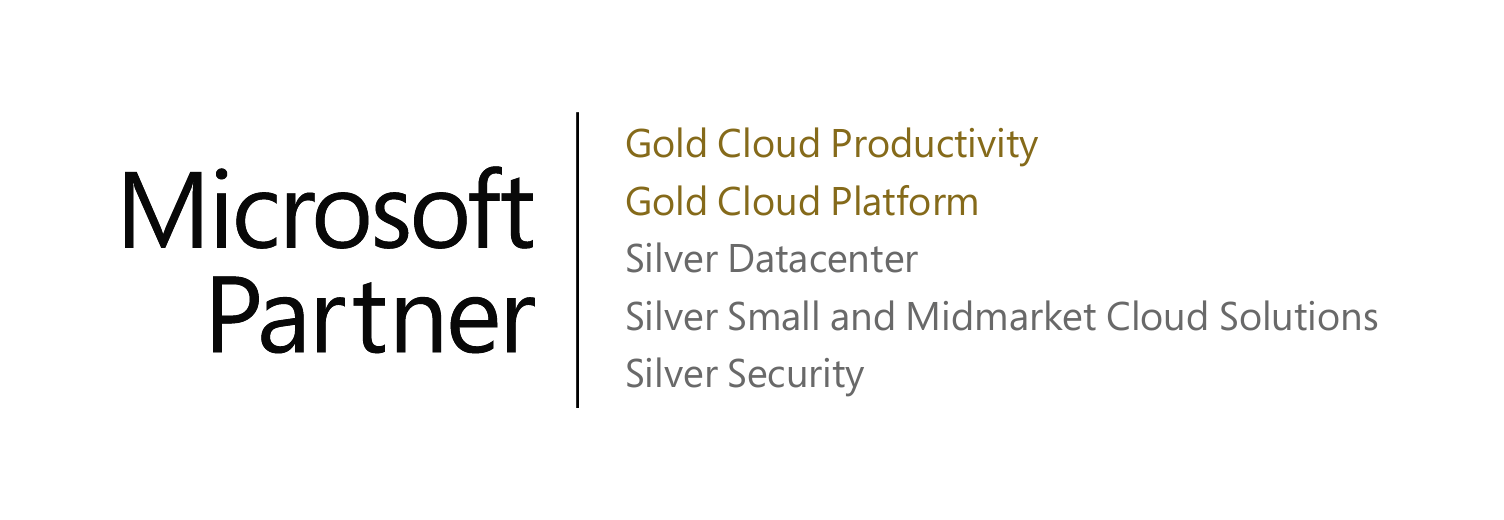Disaster Recovery as a Service (DRaaS) solutions have revolutionized the way organizations approach disaster recovery and have become a popular option for organizations looking to protect their critical data and applications from the effects of a disruption. So what is DRaaS and why is it so important?
Similar to other “as a service” solutions, DRaaS is disaster recovery functionality hosted by a third party. Using this cloud computing service model allows an organization to back up its data and IT infrastructure through a SaaS solution to regain access and functionality to IT infrastructure after a disaster. This means that you don’t have to own all the resources or handle all the management for disaster recovery in house and can instead rely on a service provider.
The key benefits of DRaaS include:
Cost Savings
First and foremost, DRaaS eliminates the need for large upfront investments in disaster recovery infrastructure. With traditional solutions, organizations must purchase hardware, software, and other equipment to build out a disaster recovery site. This can be a significant expense, particularly for smaller organizations. With DRaaS, organizations can pay for only the resources they need, eliminating large upfront investments. This can be a major cost savings, especially for organizations whose businesses aren’t at high risk.
Another way that DRaaS can save organizations money is by reducing the cost of IT staff, or allowing more of their IT staff to work on higher priority projects. Disaster recovery can be a complex and time-consuming process, requiring specialized skills and knowledge. With traditional solutions, organizations must either hire dedicated IT staff to manage the disaster recovery process or train existing staff on the necessary skills. With DRaaS, organizations can take advantage of the expertise of their DRaaS provider, reducing the need for in-house IT staff. This can save organizations money on salaries, benefits, and training costs.
DRaaS can also help organizations save money on data storage. Instead of purchasing and maintaining their own storage systems, organizations can take advantage of the storage resources provided by their DRaaS provider. This can save organizations money on hardware, software, and maintenance costs.
Finally, DRaaS can help organizations save money by reducing downtime. In the event of a disaster, traditional disaster recovery solutions can take several hours or even days to recover critical data and applications. This downtime can be expensive, as organizations must pay for employees who are unable to work, lost sales, and other costs associated with the interruption. With DRaaS, organizations can recover their data and applications in a matter of minutes, reducing downtime and minimizing the financial impact of a disaster.
Scalability
Scalability enables your system to accommodate growing demand, and DRaaS solutions offer several advantages in this area compared to traditional disaster recovery solutions. With traditional disaster recovery solutions, organizations must purchase and maintain a set amount of resources, even if they don't use them all.
The key reason why DRaaS solutions are more scalable is because they are cloud-based. Cloud computing provides organizations with the ability to easily scale up or down their resources as needed, without the need for expensive hardware or IT staff. This is particularly useful for organizations that experience fluctuations in demand, as they can quickly and easily scale their DRaaS resources to meet changing needs.
Flexibility
DRaaS solutions provide greater flexibility compared to traditional disaster recovery solutions. With traditional disaster recovery solutions, organizations are often limited to a set of pre-defined disaster recovery options. In contrast, DRaaS solutions can be customized to meet your specific needs to ensure you have the right resources in place to effectively respond to a disaster. Cloud computing also provides the ability to access these resources from anywhere, at any time, and on any device. This makes it easier to respond to a disaster because you can access your data and applications from remote locations if necessary.
Another way DRaaS improves flexibility is through their pay-per-use model. With traditional disaster recovery solutions, organizations must purchase and maintain a set amount of resources, even if they don't use them all. With DRaaS, organizations can scale their resources up or down as needed, ensuring that they only pay for what they use. This gives you greater flexibility to quickly and easily adjust resources to meet your changing needs.
Improved Recovery Time
DRaaS solutions also provide faster and more efficient disaster recovery, making it easier for organizations to scale resources in response to a disaster. In the event of a disaster, traditional solutions can take several hours or even days to recover critical data and applications. With DRaaS, organizations can recover their data and applications in a matter of minutes, allowing them to quickly and effectively respond to a disaster.
With DRaaS, organizations also have access to a self-service portal, allowing you to manage and maintain your disaster recovery environment quickly and efficiently. This gives you greater control over the disaster recovery processes and reduces your reliance on IT staff to manage and maintain the disaster recovery environment, which can be time-consuming and expensive.
Reduced Complexity
By simplifying the disaster recovery process, DRaaS solutions make it easier to implement and manage your disaster recovery strategy. Instead of having to manage and maintain the disaster recovery environment yourself, you can rely on your service provider to manage and maintain your disaster recovery environment, freeing up IT staff to focus on other important tasks.
They also reduce complexity by providing a more unified disaster recovery solution. This not only simplifies the process but also reduces the risk of human error. You’ll no longer have to manage multiple systems and processes to ensure the availability of your data and applications.
Enhanced Security
Because DRaaS solutions are typically hosted in secure, off-site data centers, they provide an added layer of protection for your organization's critical data and applications. DRaaS service providers typically use secure data centers to store and protect their clients' data and applications. These data centers are equipped with advanced security measures, such as fire suppression systems, uninterruptible power supplies, and physical security measures, ensuring that the data and applications stored within them are protected against unauthorized access and natural disasters.
Most also include advanced disaster recovery technologies, such as virtualization and cloud replication which provide organizations with the ability to recover their data and applications from remote locations if necessary, reducing the need for IT staff to physically access the disaster recovery environment.
Another way in which DRaaS solutions deliver enhanced security is through the use of encryption to protect the data transmitted between their clients' data centers and their disaster recovery environment. This ensures that the data is protected against unauthorized access, even if it is intercepted during transit.
Improved Productivity
DRaaS can improve the productivity of a company beyond IT department gains by providing benefits to other areas of the organization. In the event of a disaster, it can enhance the customer experience by helping ensure that critical customer-facing systems and data are available, allowing for uninterrupted customer service. This can lead to highettr customer satisfaction and loyalty, which can boost productivity through increased sales and customer retention.
It also allows companies to maintain business continuity and reduce the negative impact on operations and employees. This can improve productivity by allowing employees to work together from anywhere, at any time, and prevent potential fines and penalties by avoiding compliance violations.
If your organization is looking for a cost-effective disaster recovery solution, consider DRaaS as a viable option.
IT Disaster Recovery Downtime Calculator
Downtime can be devastating.
Do you know how much a potential IT incident would cost your organization?
Find out now by using our simple Downtime Cost Calculator.




